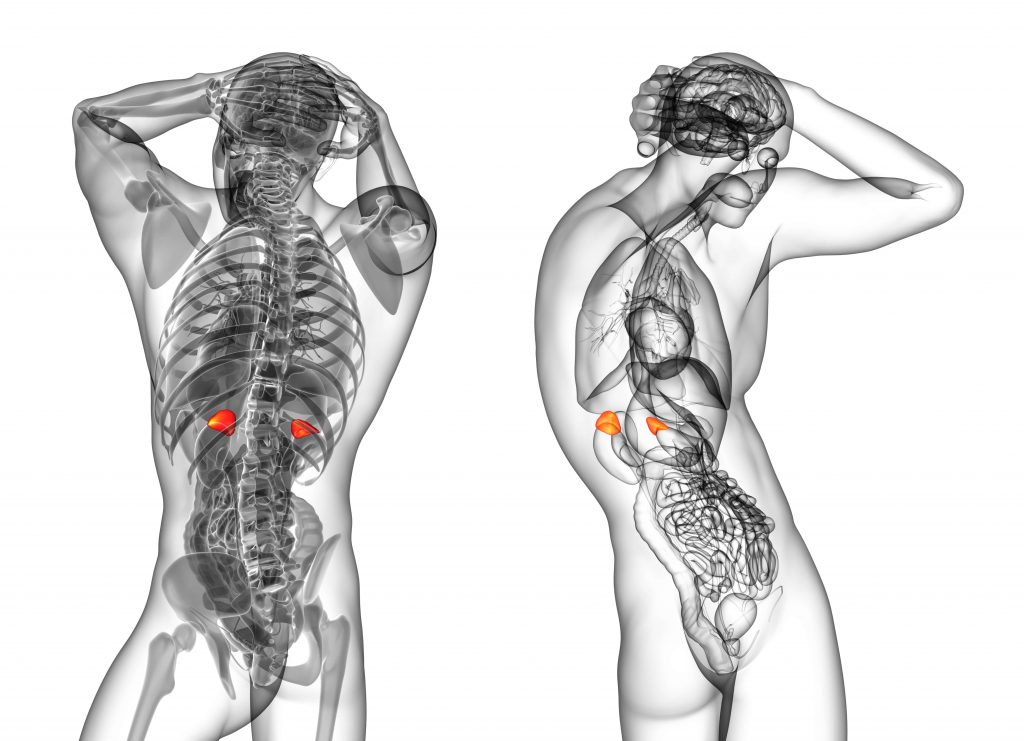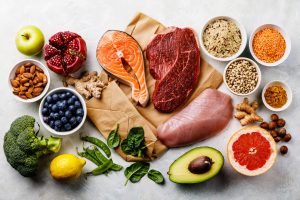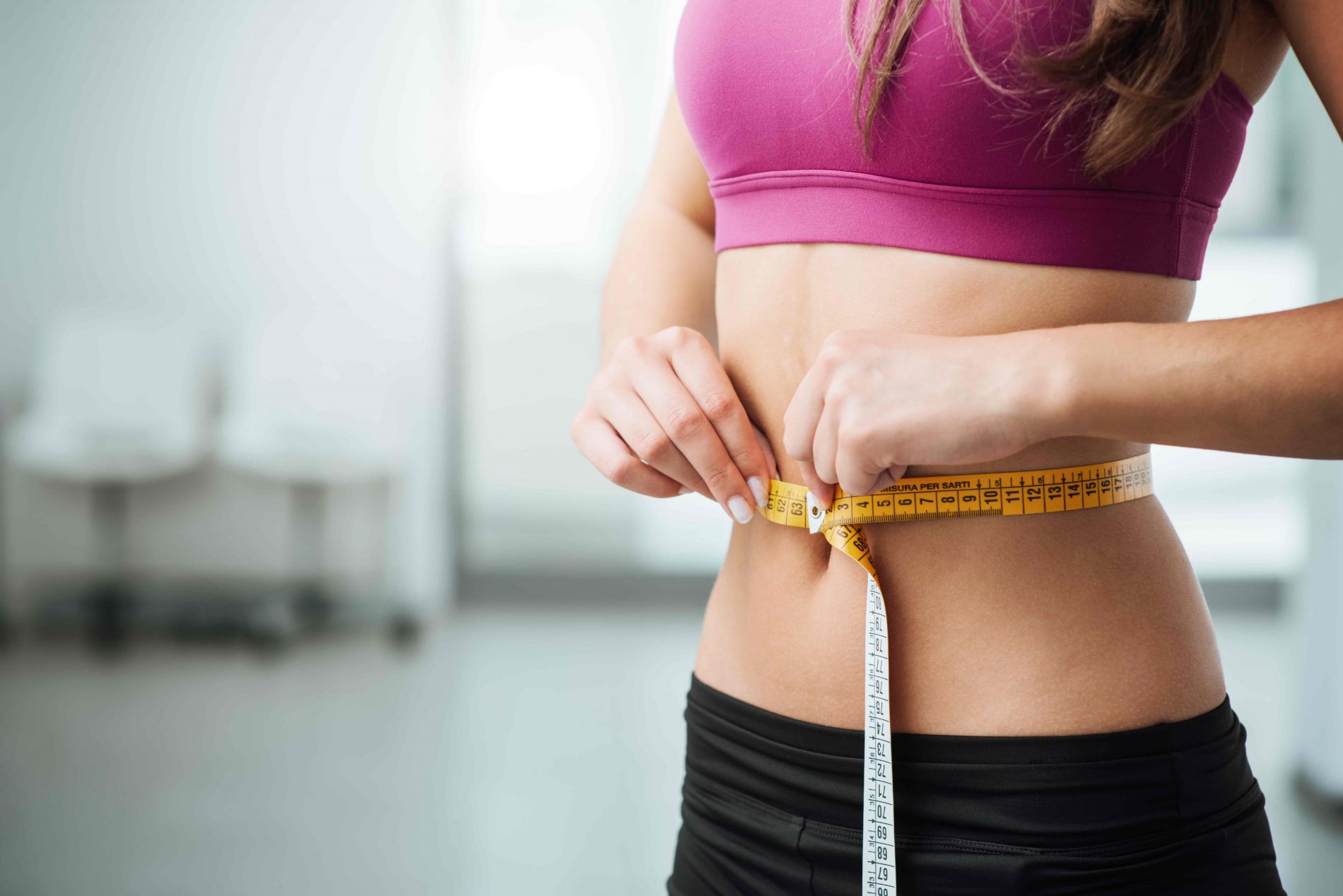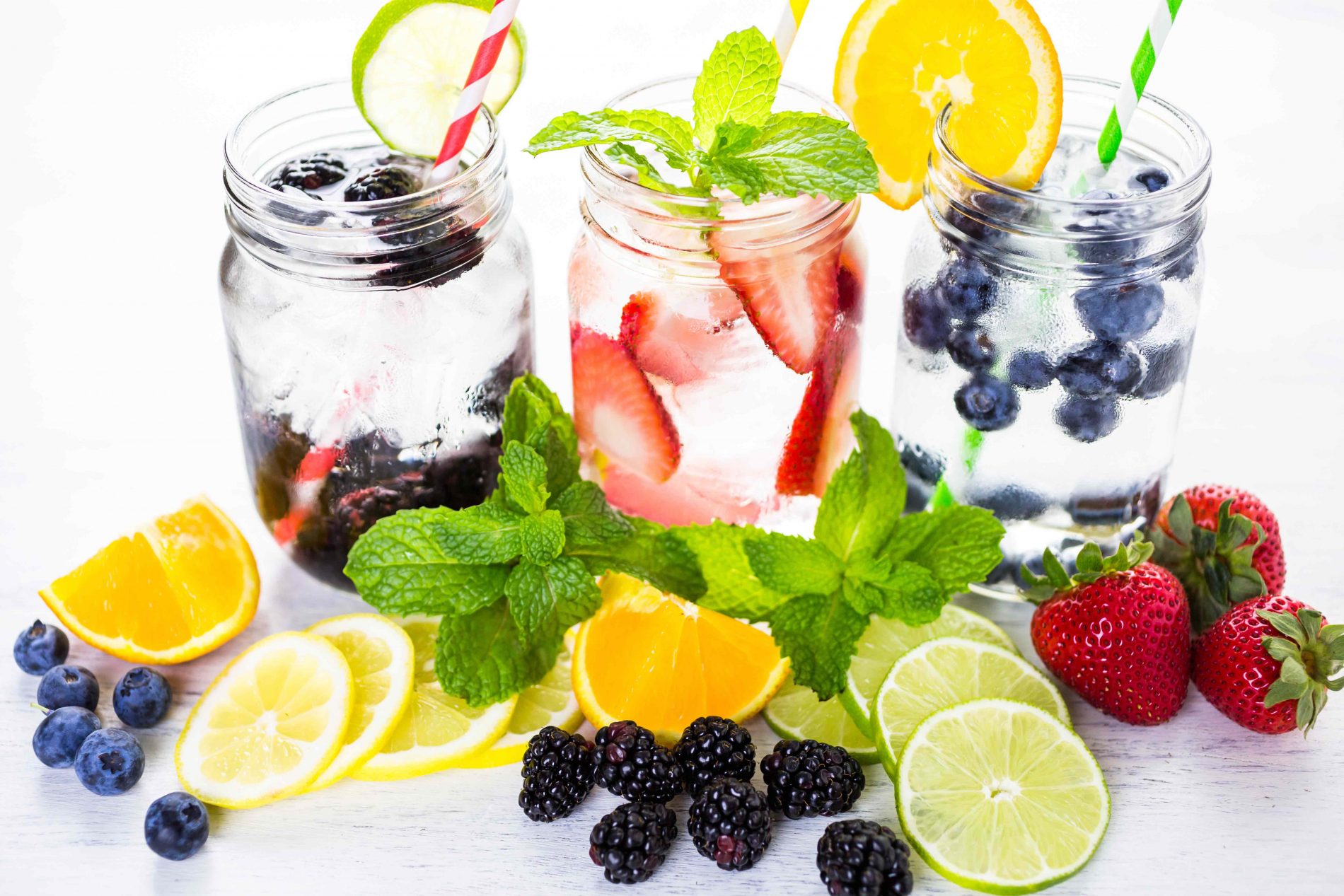Everyone has felt stress at some point in their lives. That feeling of being so overwhelmed and overworked that you can’t eat or sleep. Unfortunately, stress has become ingrained in our culture. We associate it with hard work and success, assuming that we can’t have one without the other. Though some stress is necessary, we often bite off more than we can chew. We fail to realize that the more stressed we are, the less efficient we are. We ignore the negative effects stress has on our bodies but unnecessary stress can lead to a multitude of symptoms including:
- Adrenal fatigue
- Exhaustion
- Anxiety
- Sleep disturbances
.

What Are Adrenal Glands And What Do They Do?
The adrenal glands (also known as suprarenal glands) are the triangle-shaped endocrine glands that sit on top of your kidneys. The adrenal glands are hormone producing glands similar to ovaries, testicles and the thyroid. They are the regulators of your body as they’re responsible for regulating stress responses and play an important role in the maintenance of a healthy immune system.
Adrenal glands are key contributors to:
- Proper thyroid function
- Balance of hormones
- Maintaining one’s ideal weight
- Stabilizing emotions
- Controlling cravings
Multiple studies have proven that the health of the adrenal glands will dictate the health and recovery of many types of chronic illnesses. Since chronic stress is the main cause of overactive adrenals, it’s important that we find a way to control and eliminate stress.
Click here to read, “CFS – Chronic Fatigue Syndrome Symptoms & Natural Solutions”.
Moreover, proper nutrition, adequate rest, and exercise is also very important. Unfortunately, an astounding amount of people suffer from adrenal fatigue due to lifestyle factors that are often overlooked.
What is Adrenal Fatigue?
Adrenal fatigue is a common side effect of stress and has three phases:
- The Alarm Phase – when the body is acknowledging stress
- The Resistance Phase – when the body is trying to fight stress
- The Exhaustion Phase – when the adrenals become tapped out.
Depending the phase a person is in, the levels of cortisol (produced by the adrenals) will range from high or low at different points in the day. Cortisol levels should be at their peak in the morning. So, when we wake up we feel refreshed and ready to go. Alternatively, they should be at their lowest at night when it’s time to go to bed. Any variation of these levels will affect a person’s well-being. Especially if stress is experienced for long periods of time. Hence the last phase being exhaustion.
Click here to read, “Bedtime Woe’s? – 5 Simple Tips For Blissful Zzzz’s”.
Other than exhaustion, additional symptoms of adrenal fatigue include:
- Excessive perspiration
- Dark circles under the eyes
- Cravings for salt
- Chronic infections
- Low blood pressure
- Low blood sugar
- Muscle twitches
- Lack of libido
- Light headed
- Poor concentration
- Sleep disturbance (typically waking up between 2-4 am)
So what can you do? There are numerous natural ways to support the adrenals.

Are Your Adrenals Fatigued?
I see the following scenario regularly in my practice. A busy mom with a demanding career comes in complaining of;
- Hot flashes
- Insomnia
- Fatigue
- Loss of libido
- Inability to lose weight
- Feeling low
For the last 15 years she has been dealing with;
- Work deadlines
- Kid’s sports
- Homework
- Cooking
- Cleaning
She goes from morning to night with little sleep. Her adrenals are tired but she pushes through the chronic fatigue and insomnia. She notices other symptoms such as headaches, inability to lose weight, and mood swings. This common scenario is what many natural health professionals refer to as, “adrenal steal”.
Unable to function properly due to years of stress, the adrenals are forced to steal key hormonal building blocks from other hormones like:
- Progesterone
- DHEA
- Estrogen
- Testosterone
Hence contributing to hormonal imbalances and a slew of side effects that come with them. Keeping the adrenal glands in check is the best way for women to avoid fatigue and keep their hormones happy.
How to Fight Adrenal Fatigue

See a Chiropractor – Chiropractic care plays a crucial role in adrenal health. Physical, chemical or emotional stressors can cause stress on the spine and nervous system. The goal of chiropractic care is to balance and optimize the entire nervous system contributing to healthy adrenal function in addition to a multitude of other health benefits.

Go to Bed Early – You should be sleeping 7 to 8 hours and preferably going to bed before midnight. Make sure you allow some time to wind down and relax to help your cortisol level lower before bed.

Eat Clean – Avoid processed foods and sugar. Focus on good fats, moderate protein, and tons of veggies that are phytonutrient rich. You are what you eat, so feed your body the right fuel.
Take an Adrenal Support Supplement – Consuming whole, organic foods rich in phytonutrients is great for adrenal support. However, supplementation is sometime needed to support proper adrenal function.
Beneficial supplements Include:
- B complex
- Vitamin C
- Vitamin D
- Magnesium
- Zinc
- Omega 3 fatty acids
Also beneficial are botanical adaptogens. They can be taken to help support the adrenal glands throughout the stress response process.
Examples of botanical adaptogens include:
- Ashwagandha root
- Rhodiola rosea extract
- Suma
- Schisandra chinensis berry extract

Exercise – Regular exercise is known to combat stress, which helps to improve adrenal function. But be aware that if your adrenals are exhausted, intense exercise may be more detrimental than beneficial. Try yoga or meditation.

Get Tested! – Measuring cortisol levels can help determine adrenal health. The Cortisol Saliva Test also know as the Adrenal Stress Test, has become the preferred way of evaluating cortisol levels.
A newer test, the DUTCH test, is another method one can use. The test involves a urine steroid hormone profile. This measures hormones and hormone metabolites (called conjugates) in a dried sample.
Heart Rate Variability (HRV) technology used by chiropractors, is another way to evaluate stress. It measures and tracks a patient’s autonomic nervous system state.
Think your adrenals are suffering from adrenal fatigue? Start by taking an inventory of your life stressors and see which ones you can kick to the curb following the 7 tips above.
Dr. Nathalie Beauchamp, B.Sc,. D.C.
Dr. Nathalie Beauchamp, B.Sc., D.C. is an Ottawa based chiropractor, a former professional natural figure/bodybuilder, a wellness consultant, lecturer and TV personality. She is the co-author of the published book—Wellness On The Go: Take the Plunge- It’s Your Life! and the author of the upcoming book Hack You Health Habits, scheduled to be released in the summer of 2017. She is the owner of Santé Chiropractic and Wellness Centre and the founder of the annual Ottawa Wellness Expo a community based event that gathers over two thousand people in Ottawa each year. Dr. Nathalie’s mission is to lead, educate and empower people to be the healthiest and best versions of themselves.




 Dr. Thomas Egan – Gonstead Chiropractor.
Dr. Thomas Egan – Gonstead Chiropractor.
 D
D

